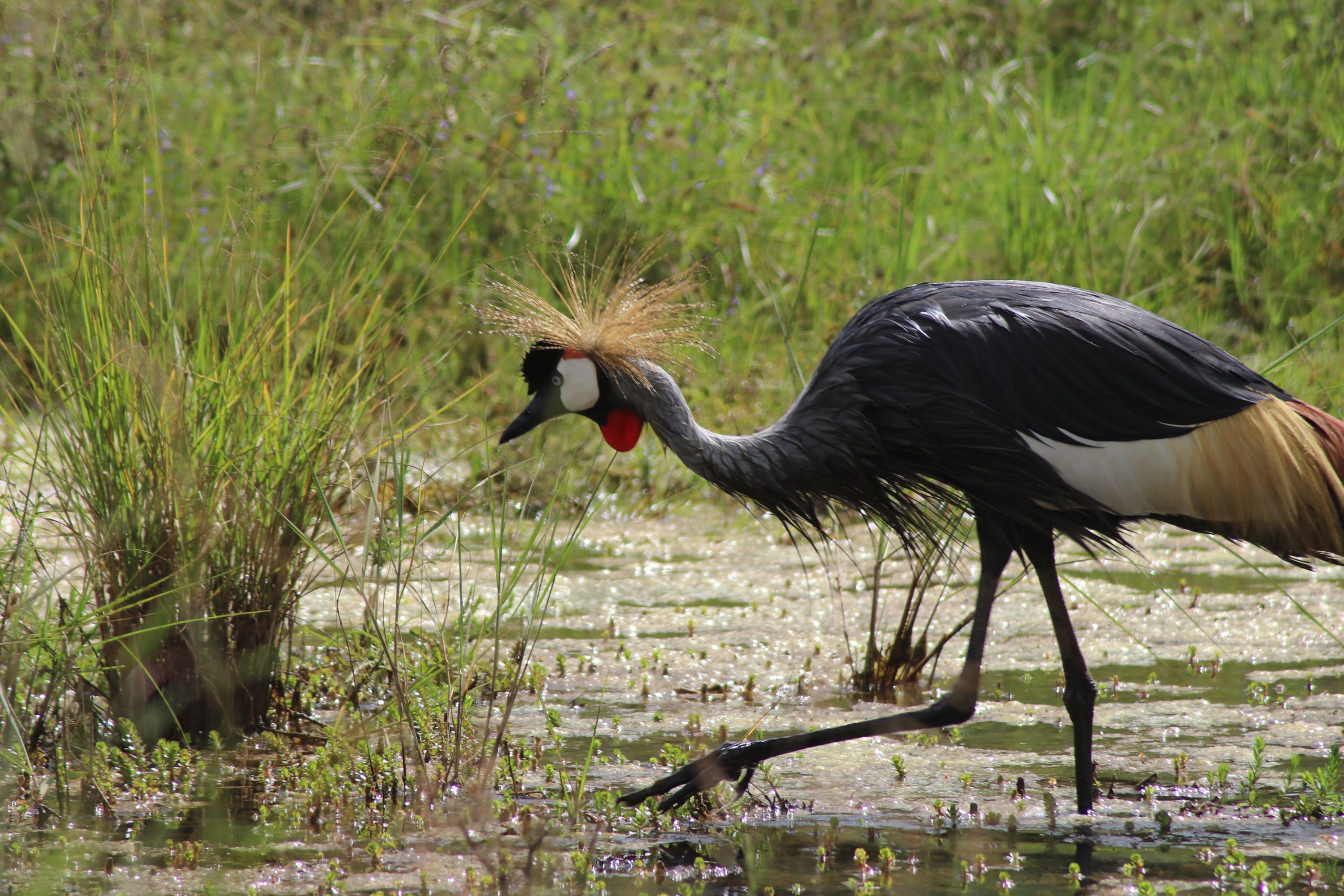News
New strategies to stem the flow of fresh water loss

News | Jul 2019
Freshwater habitats such as lakes, rivers and streams are under threat. People everywhere rely upon them for their survival - but a special journal edition, free to view for the next two years, brings hope with practical, transferable solutions.
This publication, titled ‘Freshwater conservation in the Anthropocene,’ and published in Aquatic Conservation: Marine and Freshwater Ecosystems on 19 July, follows the recently published IPBES report which revealed that changing land use is the single biggest driver of freshwater habitat loss.
Powering wildlife and livelihoods
Though streams, lakes, rivers and other fresh waters only cover about 1% of the planet’s surface, they are home to more than one in ten known species, and people all over the world rely upon these sources of water for drink, food, and farming. By 2030 it is predicted that global demand for fresh water will be 40% over the current accessible and reliable supply.
On the decline
While demand for fresh water is increasing, freshwater habitats are deteriorating. This is due to a range of factors, including infrastructure breaking the flow of rivers, the overharvesting of freshwater plants and animals for food, and the overarching climate crisis.
With the world’s population expected to grow to 8.6 billion by 2030 the next few years will see even more pressure put on these already fragile ecosystems. However, not enough consideration is being given as to how to make fresh water accessible to people, while still protecting the plants and animals that live in these special habitats.
Collecting the evidence – what works?
The special journal edition also brings together some of the most practical, wide-ranging and innovative research to contribute to this growing evidence base.
For example, one paper details the very first application of a land-based modelling tool to fresh waters. This novel approach, from a team at UNEP-WCMC, reveals how plants and animals found in freshwater habitats respond to people’s activity on land and how that can in turn affect people’s livelihoods – critical information for decision makers.
Diego Bignoli, Senior Research Scientist at UNEP-WCMC and one of four guest editors of this edition, commented: “Despite their vital importance, fresh waters are still not a priority in much planning, both inside and outside of the conservation world. People often think of them more as a physical resource rather than as special and unique habitats, home to an extraordinary array of organisms.
“With this issue we demonstrate the critical importance of considering both – how freshwater systems interact, relate, and build upon each other to create a thriving environment that can work for both nature and people.
“This edition adds to the momentum towards considering fresh water in future priorities for the conservation and use of nature, demonstrating the use of practical, evidence-based science, and how freshwater systems can be managed for both people and nature.
"I would like to give a huge thanks to my fellow guest editors who made this possible: Ian Harrison and Michael Cooperman from Conservation International and Rebecca Flitcroft from the USDA Forest Service."
Image: Diego Bignoli, UNEP-WCMC
Have a query?
Contact us
communications@unep-wcmc.org
